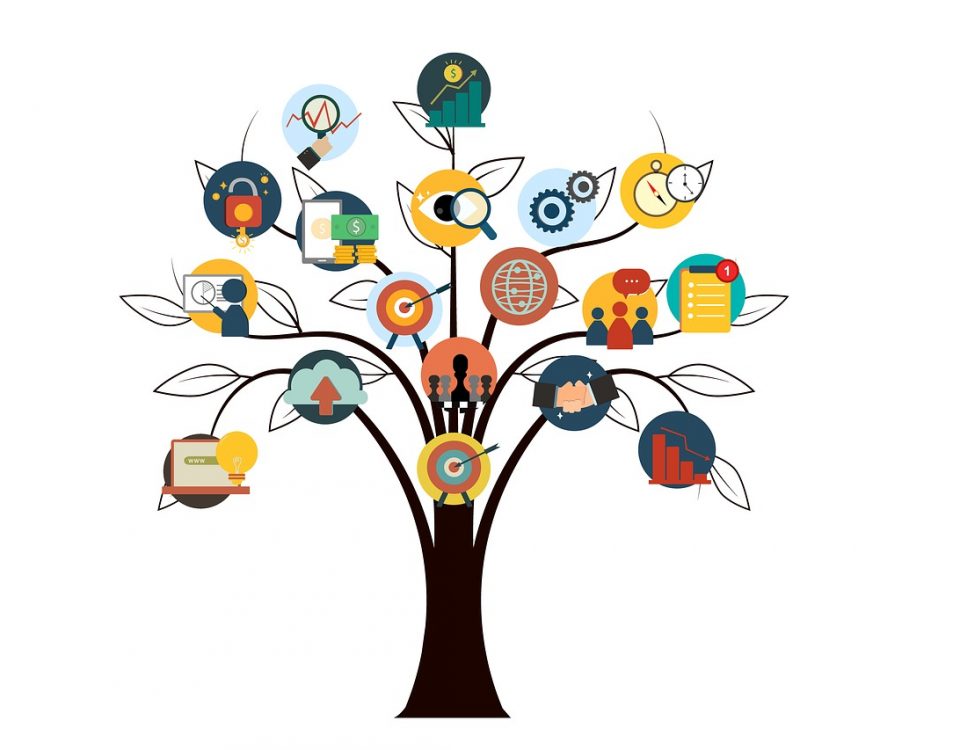- Stronger Customer Relationships
- +1-949-878-7411
- ramana@varasi.com
Intangible Benefits & Costs for a CRM Initiative

We’ve all seen these intangible benefits from CRM initiatives and intuitively can figure they are impactful to the organization:
1. Improvement in the staff’s productivity, performance, morale
2. Improvement in customer experience
3. Improvement in strength of client relationships
4. Reputation of the organization
5. Improved communication with stakeholders, teamwork
I often use the example of coffee beans transformed into coffee and served with a smile, creating the experience of a third place between work and home for the customer when discussing intangible benefits. I use this example to drive home the point that commodities as they get transformed climb up the ladder of value; value that may be intangible (and thus the picture featured to headline this article).
So how does one go about quantifying such intangible benefits?
Take productivity improvement as an example. If one can put an estimate to the number of hours saved per week due to the CRM system’s automation of routine tasks, you may come up with a formula such as:
(Average hours saved per week) * (fully loaded weekly rate per employee) * (number of employees) or alternately
(Hours saved per process step) * (Cost per step) * (Number of process steps)
Some guidelines when quantifying such intangible benefits in your business case:
- Estimate or measure data at the granular level (e.g., average hours saved per week in the above example) to support high-level estimates
- The validity of your calculations come down to the credibility of sources of data you use. Be prepared for scrutiny in business case presentations to senior executives to defend the credibility of sources. number of data points you considered
- When presented with alternatives, select the conservative one for calculations. Account for errors in estimation; err on the side of caution
Business Analysis teams understand and figure the intangible benefits out well. On the other hand, it is not so obvious what the intangible costs may be. So, before reading on …. what do you think ? Can a CRM initiative come with costs that are intangible?
Yes indeed! For instance, when the organization is switching over to a new CRM system, there may alongside be a disruption and possible loss of productivity during the transition. This is cost to the business in terms of lost opportunities.
Your CRM initiative may need skills training to your current staff or recruitment of new staff; while the training and recruitment costs themselves are tangible, the ramp up time before they become productive comes with a cost.
And there is always the opportunity cost – was there a better opportunity you could have invested in rather than the CRM initiative.



